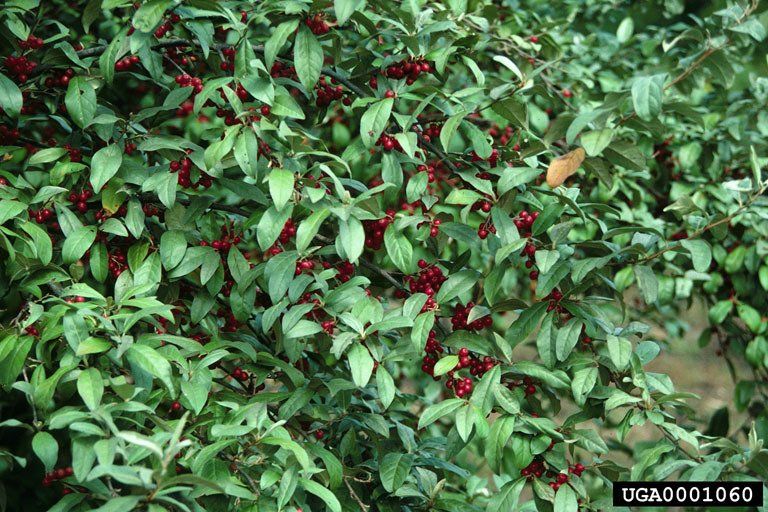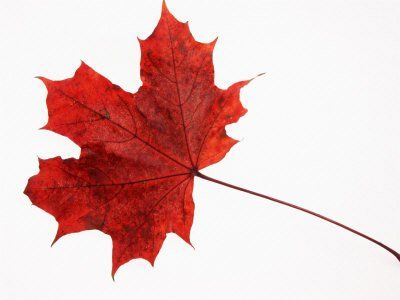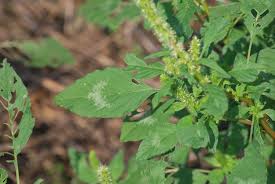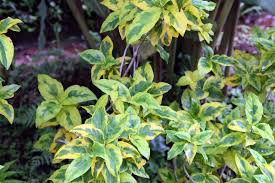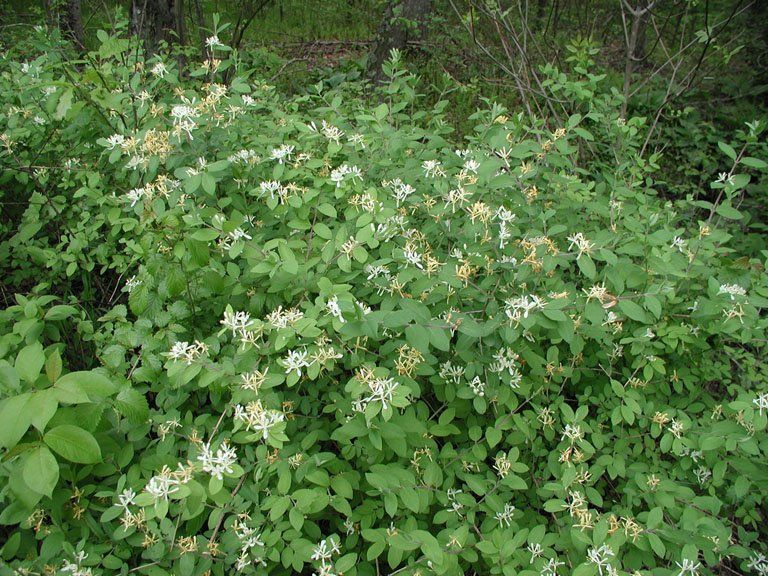Conservation
Natural Resources Conservation Services
EQIP
The Environmental Quality Incentives Program (EQIP) provides a voluntary conservation program for farmers, ranchers and owners of private, non-industrial forest land that promotes agricultural production, forest management and environmental quality as compatible national goals. EQIP offers financial and technical help to assist eligible producers install or implement conservation practices on eligible agricultural land. The five EQIP national priorities are:
- Reductions of nonpoint source pollution, such as nutrients, sediment, pesticides, or excess salinity in impaired watersheds consistent with Total Daily Maximum Loads (TMDLs), where available; the reduction of surface and groundwater contamination; and reduction of contamination from agricultural point sources, such as concentrated animal feeding operations (CAFOs);
- Conservation of ground and surface water resources
- Reduction of emissions, such as particulate matter, nitrogen oxides (NOX), volatile organic compounds, and ozone precursors and depleters that contribute to air quality impairment violations of National Ambient Air Quality Standards
- Reduction in soil erosion and sedimentation from unacceptable levels on agricultural land and
- Promotion of at-risk species habitat conservation.
Conservation Reserve Enhancement
ProgramThe Indiana CREP is a partnership between USDA and the state of Indiana. The program targets the enrollment of 26,250 acres of land in the Highland-Pigeon, Lower East Fork White, Lower Wabash, Lower White, Middle Wabash-Busseron, Middle Wabash-Deer, Middle Wabash-Little Vermillion, Tippecanoe, Upper East Fork White, Upper Wabash, Upper White watersheds where sediments, nutrients, pesticides and herbicides run off from agricultural land.
CRP
The Conservation Reserve Program (CRP) provides technical and financial assistance to eligible farmers to address soil, water, and related natural resource concerns on their lands in an environmentally beneficial and cost-effective manner. CRP is administered by the Farm Service Agency, with NRCS providing technical land eligibility determinations, conservation planning and practice implementation.
Planting a Pollinator Garden
WHEN TO PLANT
Wildflowers take more moisture to germinate than grasses. Once planted, seeds must remain moist to ensure a successful stand. Some seeds will germinate and bloom the first year, while others will not begin blooming until the second year.
Certain wildflower species need to germinate as seedlings in the fall and over winter to develop hardy root systems by spring. Seeds of other species need winter temperatures and rains to break their dormancy; therefore, the best planting times will vary from region to region. The optimum rainfall period, severity of winter and the dormancy of seed will determine the most favorable time to plant wildflowers in your area.
When planting in the spring, plant early when ample rainfall is anticipated. Seeds may be planted all summer if they can be watered. We recommend that wildflowers be planted at the same time as the prairie grasses. Planting wildflowers into established prairie grass has produced disappointing results.
Most varieties prefer full sun with exposure to drying winds. Select a site that receives full to partial sun and is well drained.
PREPARING THE BED
The main objective when preparing the seedbed is to provide optimum seed-to-soil contact and eliminate any undesirable plants or grasses. This can be accomplished two ways: chemical or tillage treatment.
Several commercial herbicides are available that will eliminate the aggressive cool season sod-forming grasses. Round-up is the most popular. These grasses must be removed before planting a wildflower or prairie grass site. Your local garden center or county extension agent can make recommendations for accurate and timely application.
Repeated tillage is the other option available to control undesired plant growth. In some cases of heavy sod-forming grasses, this may take a season of repeated tilling. Care must be taken to completely eliminate any cool season sod-forming grasses, as they can return to compete mercilessly with your prairie plantings. Prior to planting, the seedbed should be firm and free of clumps.
SANDY SITES
Dry soils with low organic matter have little nutrient value and make plant growth difficult. Plants with a deep root structure can usually provide the drought and heat tolerance needed to exist in these soils. Some of the flowers that have demonstrated ability to survive in sand soils are: Butterfly Plant, Upright Prairie Cornflower, Purple Prairie Clover, Perennial Lupine, Cornflower, Lemon Mint, Blanketflower, Missouri Primrose, Blue Flax, Black-Eyed Susan, False Sunflower and Partridgepea.
SHADY AREAS
Shade, by definition, is an area that is sheltered from the heat and glare of the sun. As we often speak of partial shade tolerance, we should define this area in regard to a plant’s growth pattern. The majority of wildflowers are the warm season prairie-type and require full sunlight. Woodland-type plants can flourish in shaded areas, but most need a certain amount of direct sunlight. The wildflowers listed below are the prairie type and should provide a satisfactory bloom with a minimum of six hours of sunlight a day. Good soil fertility and occasional watering during dry periods will help tolerate shady conditions.
Wildflowers adaptable to shade areas are: Shasta Daisy, Lance-Leafed Coreopsis, Dames Rocket, Purple Coneflower, Scarlet Flax, Cornflower, Mexican Red Hat, Prairie Aster, Black-Eyed Susan, False Sunflower, Catchfly and New England Aster.
SOWING THE SEED
A small amount of wildflower seed goes a long way. When hand broadcasting the seed, it is good to mix the seed with damp sand (4:1 sand to seed) to help prevent clumping and provide even distribution. Rake the seed in lightly, being careful not to bury it too deeply. A good rule of thumb; bury the seed to deeper than two-to-four times as deep as its diameter. Tamp to firm the seedbed after seeding.
CARE AFTER PLANTING
All seeds need water to germinate. Plantings should be kept moist during their early stages of development. Light watering three or four times a week will help ensure optimum germination. During their establishment and blooming stages, supplemental watering once a week (more often if natural rainfall is low) will help wildflowers thrive and may even prolong the blooming periods of some species. It is generally unnecessary to fertilize wildflowers if they are planted in their native habitat. In fact, fertilizing may produce excessive foliage at the expense of blooms.
Weeds still will need to be pulled as soon as they can be identified. Mowing can also control some weeds, but the blade must be clear the height of the desired seedlings. Commercial herbicides are available for grass control in established stands. Consult your local garden store or county extension office.
ENSURE RESEEDING
Wait to clear your wildflower garden until all the species have gone to seed to allow them to re-seed themselves. It may require some patience on your part, since wildflowers tend to look rather unkempt during their final stages.
PATIENCE IS A VIRTUE
In reconstructing a natural setting, it is important to remember that we cannot do in one year what took nature many lifetimes to create. The first year can be somewhat frustrating because that visual picture you have in your mind does not happen. The long-lasting perennials normally take two and sometimes three years to bloom. While a few varieties bloom the first year, we recommend including annuals to guarantee color during the seeding year.
Patience will be rewarded with the beauty of the many colored wildflowers that will be enjoyed for many years. Even once established , areas planted to wildflowers will vary from year to year as environmental conditions cause some varieties to go dormant while others bloom actively—A testimony to the incredible durability of the native landscape!
Invasive Species
Autumn Olive is a deciduous shrub or small tree that is highly invasive in Indiana. From a distance it can be identified by its silvery appearance. The leaves are medium green on top and distinctly silver on the underside. It was planted extensively for highway beautification and wildlife food in the 50”s and early 60’s and is spreading rapidly. It crowds out many native plants and since it fixes nitrogen it improves soil fertility to the point that many plant communities that prefer low fertility soils cannot survive. It is often called “Autumnberry” and prized by some for its food value. The fruit is high in lycopene and other nutrients. It is being grown commercially in a few places for its food value, especially for making jams and jellies. It is considered an invasive plant in Indiana and should not be planted. Control is best achieved by cutting the plant and immediately treating the stump with a systemic herbicide such as glyphosate or triclopyr and a 20% concentration..
The name Canada Thistle does not explain its origin, this really tough invasive plant originated in the Mediterranean area and southeast Europe, not Canada. Although it reproduces and starts a colony by seed, its rapid spread is by sprouts from the massive underground root system shown below. It is this massive root system that makes it difficult to control. Canada Thistle grows profusely along roads, in pastures, along edges and in crop fields, in flower beds and any where a seed can get in contact with the soil. Control is best accomplished with a systemic herbicide such as glyphosate when the plant is in the rosette stage in the spring or fall. Usually takes several treatments and sometimes 2 or 3 years to get control.
A native of central Europe, Norway maple has escaped cultivation and forms monotypic populations by displacing native trees, shrubs, and herbaceous understory plants. Once established, it creates a canopy of dense shade that prevents regeneration of native seedlings. It is considered one of Indiana’s unwanted invasive plants. Do not plant this tree. The purple leafed maple is also a variety of Norway Maple. Its shallow root system dries out topsoil and prevents grass and other plants from growing under the tree. It is considered to be highly invasive because of its heavy seed production. The best control measure is pulling seedling and the cut stump method and application of a systemic herbicide containing at least a 30% concentration of glyphosate or triclopyr active ingredient.
Palmer amaranth is a native to the southwestern deserts of the US and has invaded Indiana in the last few years. Palmer amaranth is a green, flowering plant that has caused widespread damage in cotton production in southern states. Most populations are glyphosate-resistant, and the weed thrives in summer heat and can reach heights greater than 7 feet. It is a rapidly growing member (as much as 2 1/2 inches per day) of the Pigweed family. It closely resembles other pigweed species, but no other pigweed has flower and seed panicles over 1 and 1/2 feet in length. Male and female plants grow close together with the male plant having a soft panicle to the touch while the female panicles are bristly to the touch. Extreme caution should be taken in the possible movement of seed by combines and other harvesting equipment.
The traits that made the Purple Winter Creeper a great ornamental have now caused it to become a highly invasive plant. Those traits included rapid growth, evergreen color, glossy leaves and tolerance to harsh growing conditions. It out competes native plants by blocking sunlight, depleting soil moisture and nutrients, and by forming such a dense mat that it impedes or stops the growth of native plants. Vines growing vertical on trees can eventually overtop them and stop photosynthesis by the tree. Control is best achieved by injuring the plant with a weed eater, lawnmower or other tool and spraying the plant with a systemic herbicide such as glyphosate or triclopyr.
Asian Bush Honeysuckle. Prolific fruiter. Fruit or berry turns from green to black to red/orange as it matures and is high in carbohydrate which is detrimental to migratory birds. Migratory birds need high protein and high fat diets to prepare for long migratory flights. Has an allelopathy effect on other plants causing understory plants to die out resulting in total domination of a site by the honeysuckle.. Does not host native insects reducing available food for birds. Grows profusely along roads often creating traffic hazards especially at intersections. Fairly easy to pull small plants growing in moist soil due to shallow root system. Cutting stems low to ground and treating stumps with a systemic herbicide like glyphosate, triclopyr or picloram is the most common treatment to eliminate the plant. Control is a long term project due to seed in the ground and the spread of seed by wildlife.
Japanese Barberry is a dense, spiny, deciduous shrub that when it escapes from cultivation is highly invasive and damaging to natural ecosystems. It forms dense stands in woodland areas as shown in the photo below where it shades and outcompetes all natural vegetation. It can also be found invading pastures, open land, marshes and roadsides. Once established it shades out native plants and almost eliminates wildlife from the area. Deer will not browse it and move on to native trees damaging them for future timber purposes. Smaller plants can be controlled by removal of the plant and all roots. Regrowth from root fragments is a problem. Larger areas are best treated with a systemic herbicide containing glyphosate or triclopyr as a foliar sprayer or treatment of cut stumps.
Common or European Barberry is a similar invasive plant that has the additional concern of being the alternate host for black stem rust of small grains. Control measures are the same.




